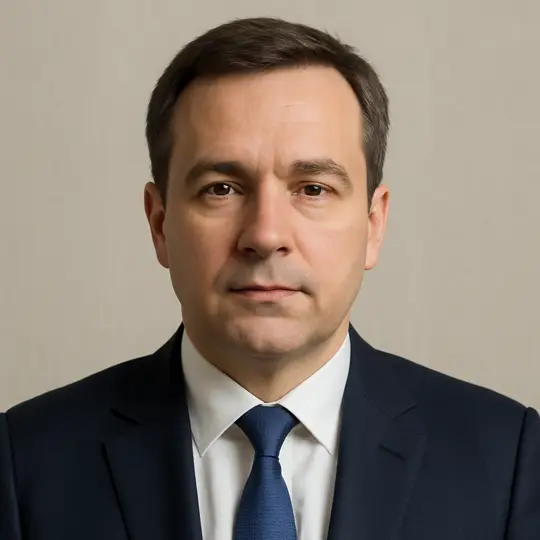Drone Operators Describe “Blind” Attack Technique on the Line of Contact


“Varyag” from the 4th MRB says drone video often drops to near-zero fps during steep attack runs, so operators learn to strike 'blind' by feel on the frontline.
In the cramped, jittery world of frontline drone work, operators increasingly rely on instinct rather than continuous video. A fighter from the 4th Motor-Rifle Brigade, who uses the callsign «Varyag», told Lenta.ru that the live feed from quadcopters normally runs at about 20–30 frames per second, but during steep attack dives that frame rate can collapse to almost zero. When that happens, he said, crews are effectively striking without real-time visual confirmation.
Varyag described how, over time, pilots develop an «intuition of the strike»: they remember the placement of their fingers on the joystick, the feel of the controls and the timing of approach. After an attack, whether a hit was achieved is often confirmed later by a nearby reconnaissance drone, he explained, rather than by the assault platform’s own interrupted feed.
The technique is born of hardware and geometry as much as battlefield pressure. According to his account, steep angles of attack-necessary for some strike profiles-interfere with the feed so severely that visual guidance becomes unreliable. Operators compensate by training their reflexes and trusting pattern recognition built up in repeated sorties.
Varyag also assessed Ukrainian countermeasures. He said that, in his view, the most effective way for Ukrainian forces to blunt these strikes is to tightly cover trenches, strongpoints and supply routes with anti-drone nets, creating dense physical barriers that block or entangle small strike drones.